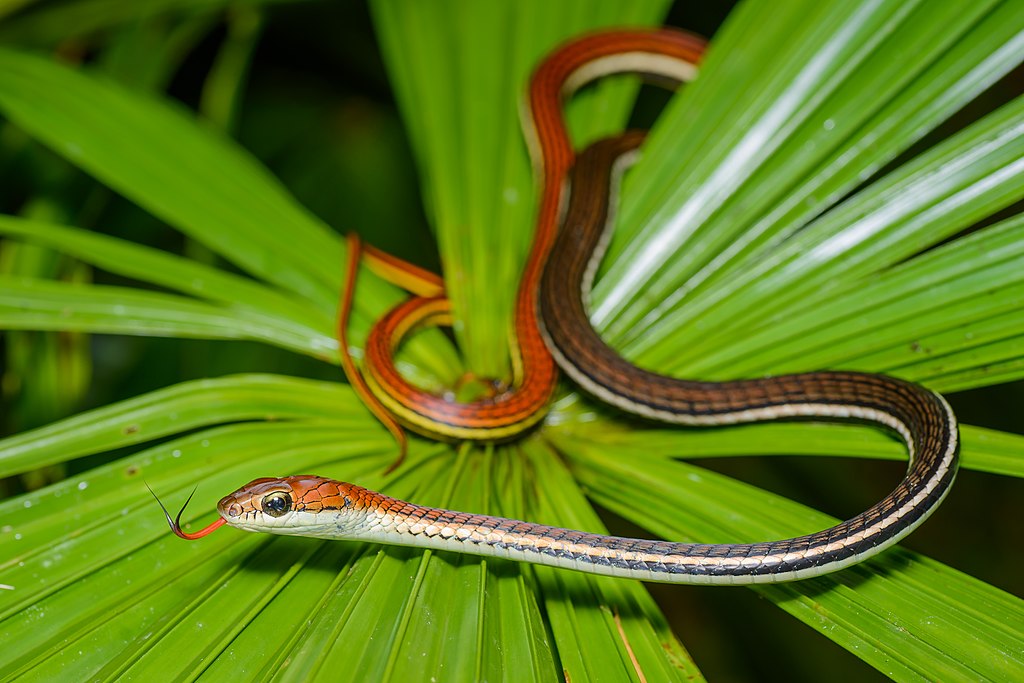In the dense forests of Southeast Asia lurks one of nature’s most fascinating examples of mimicry – the Elegant Bronzeback snake (Dendrelaphis formosus) and its astonishing defense mechanism. When threatened, this remarkable reptile flips onto its back, exposes its uniquely patterned belly, and moves in a zigzag motion that uncannily resembles a centipede. This extraordinary adaptation confuses potential predators, buying the snake precious seconds to escape. The mimicry is so elaborate and specialized that it has captivated biologists studying defensive behaviors in reptiles. This incredible phenomenon showcases the remarkable evolutionary arms race between predator and prey, highlighting nature’s ingenuity in the struggle for survival.
The Elegant Bronzeback: Nature’s Master of Disguise

The Elegant Bronzeback (Dendrelaphis formosus) is a slender, arboreal colubrid snake found primarily in the tropical forests of Southeast Asia, including Malaysia, Indonesia, and Thailand. With its bronze-colored dorsal surface, this snake might seem unremarkable at first glance, blending with the branches and foliage where it typically hunts. However, what makes this species extraordinary is not its back but its belly, which bears a striking blue-black pattern of alternating light and dark segments. During normal activities, this ventral patterning remains concealed as the snake goes about its daily life hunting for small vertebrates and insects. This remarkable contrast between its unassuming dorsal appearance and its dramatically patterned ventral surface plays a crucial role in one of the most sophisticated mimicry systems discovered in reptiles.
The Centipede Mimicry Phenomenon
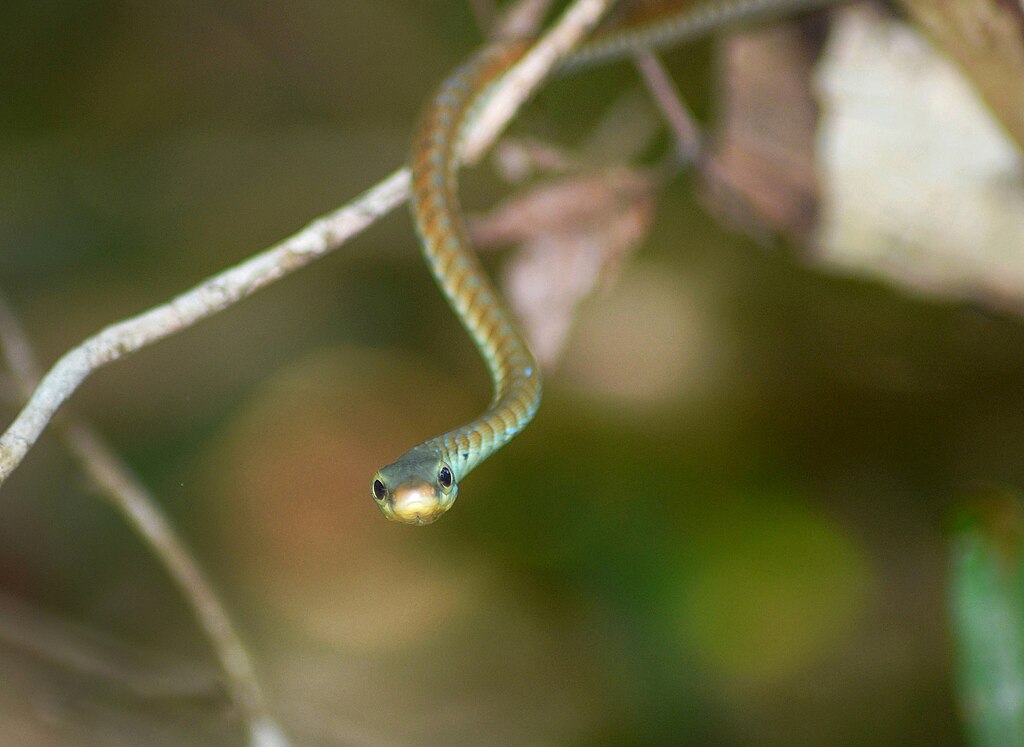
When threatened, the Elegant Bronzeback engages in a behavior that has left biologists in awe. The snake flips onto its back, deliberately exposing its vividly patterned underside, which strongly resembles the segmented body of a large, venomous centipede. It’s not just the coloration that forms part of this mimicry – the snake also adopts a specific movement pattern, writhing in a zigzag motion that mimics a centipede’s locomotion. During this display, the Bronzeback may also flatten its body to enhance the illusion, making the segments appear more pronounced. This behavioral and morphological mimicry is so convincing that predators often hesitate or retreat, mistaking the harmless snake for a potentially dangerous centipede that could inflict a painful bite.
The Science Behind the Deception
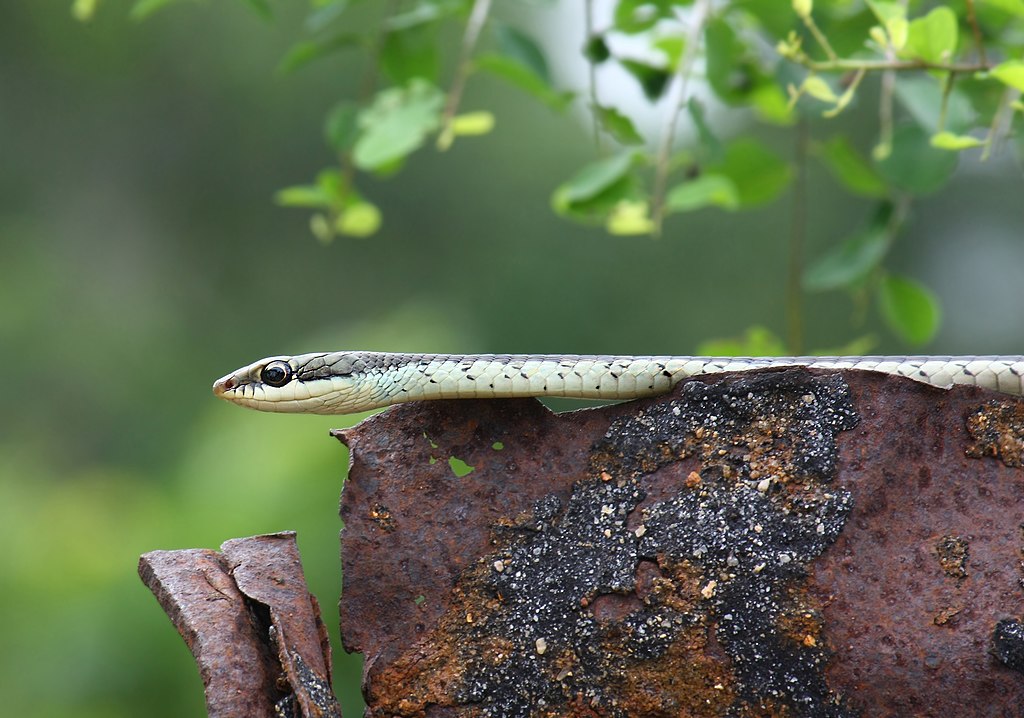
This remarkable example of Batesian mimicry – where a harmless species imitates a harmful one – provides the Elegant Bronzeback with a survival advantage against predators like birds, mammals, and larger reptiles. Scientists believe this adaptation evolved through natural selection, as snakes with even slightly centipede-like ventral patterns would have gained a survival advantage, passing these traits to subsequent generations. The mimicry works because many predators in Southeast Asian forests have had negative experiences with large, venomous centipedes and instinctively avoid them. Detailed studies using spectrophotometry have confirmed that the snake’s ventral coloration closely matches the visual spectrum of local toxic centipede species, particularly under the lighting conditions of the forest understory. Research published in the Journal of Herpetology suggests that this mimicry system may be more widespread among Asian snakes than previously recognized.
Identifying the Model: The Toxic Centipedes
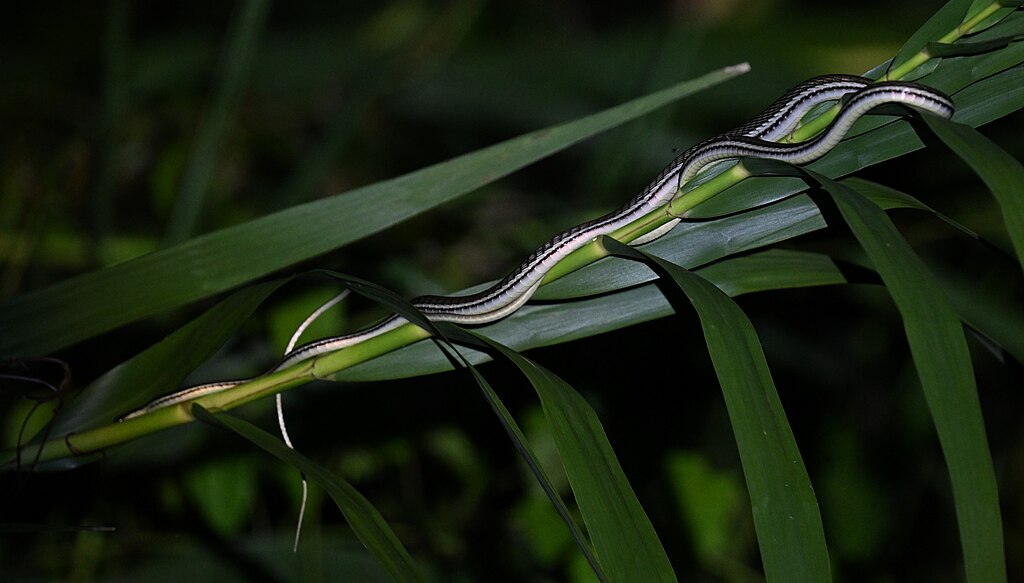
The centipedes that the Elegant Bronzeback mimics belong primarily to the genus Scolopendra, infamous for their painful venomous bites. These centipedes can reach impressive sizes, with some species growing up to 20 centimeters in length, making them among the largest arthropods in Southeast Asian forests. Their bodies display distinctive alternating dark and light segmentation, bearing a striking resemblance to the ventral pattern of the Bronzeback snake. Scolopendra centipedes possess modified front legs called forcipules that deliver venom capable of causing intense pain, swelling, and in rare cases, more serious symptoms in humans and other vertebrates. For smaller forest predators, an encounter with these centipedes can be potentially fatal, explaining why the mimicry is so effective as a deterrent. The venom of these centipedes contains a complex mixture of compounds including neurotoxins, enzymes, and histamine-releasing factors that make them formidable forest inhabitants that most predators learn to avoid.
The Behavioral Component of the Mimicry
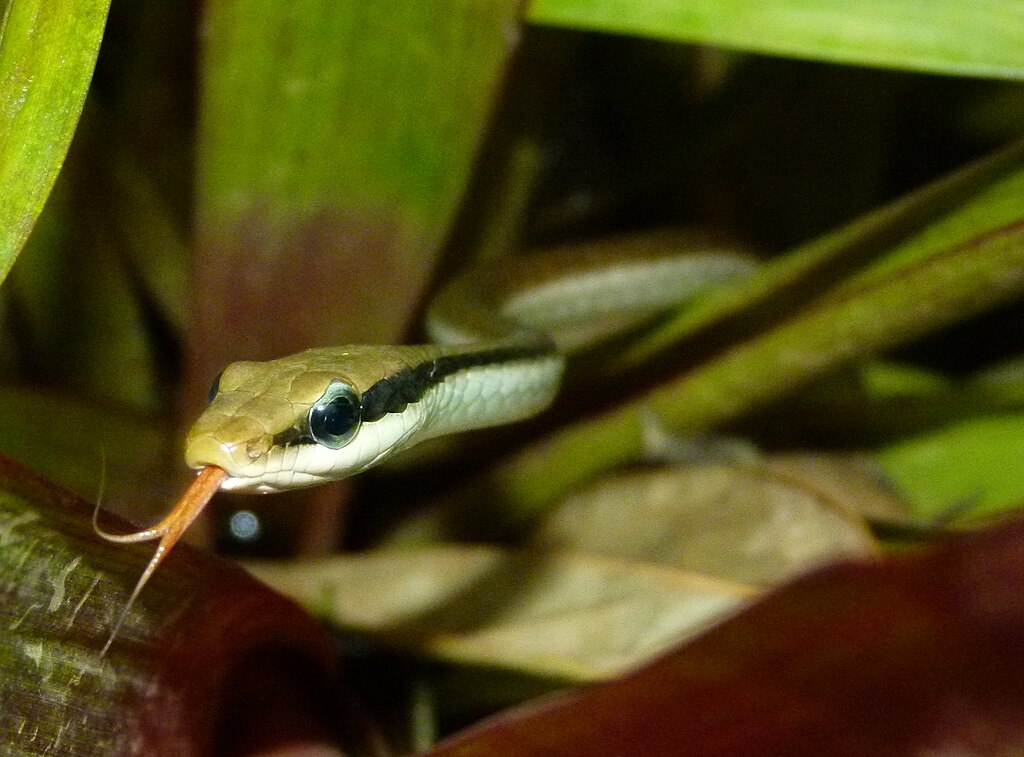
What makes the Bronzeback’s mimicry particularly sophisticated is that it’s not merely morphological but also behavioral. When engaging in its centipede impersonation, the snake dramatically alters its typical serpentine movement. Instead of the smooth, lateral undulation characteristic of normal snake locomotion, it adopts an exaggerated, zigzagging motion reminiscent of a centipede’s gait. This behavioral mimicry indicates a remarkable level of specialized adaptation, as most defensive behaviors in snakes involve either fleeing, striking, or remaining motionless. The snake may also emit a foul-smelling musk during this display, further enhancing the deception by mimicking the defensive chemical secretions of centipedes. High-speed video analysis has demonstrated that the timing and rhythm of these movements closely match those of sympatric centipede species, suggesting fine-tuned evolutionary convergence in both appearance and behavior.
When Mimicry Meets Reality: Effectiveness Against Predators
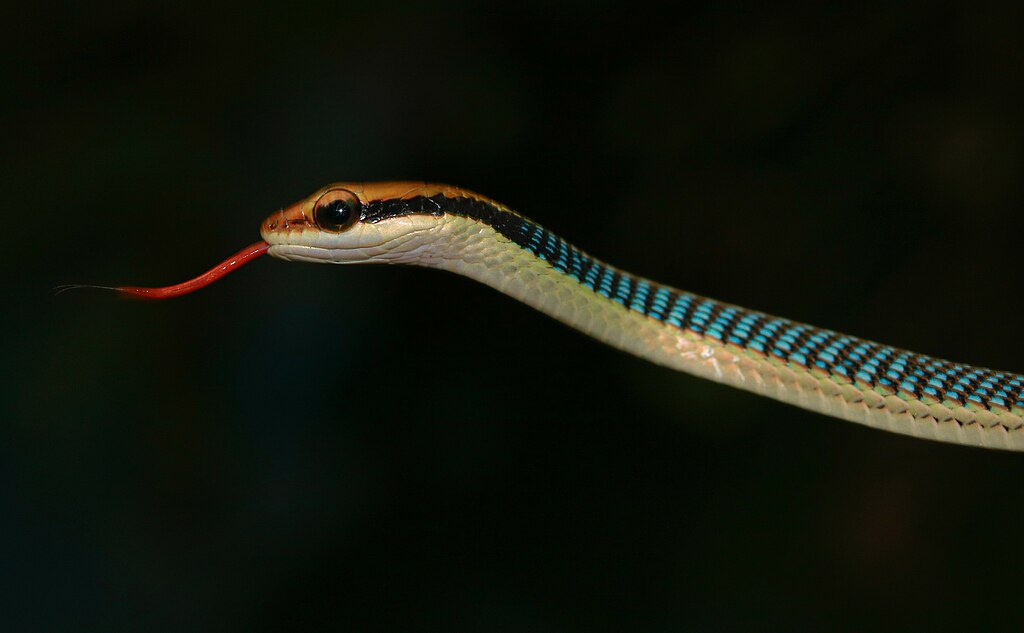
Field studies and experimental trials have demonstrated the remarkable effectiveness of the Bronzeback’s centipede mimicry against potential predators. When researchers presented captive predatory birds and mammals with both the snake in its mimicry posture and actual centipedes, they observed remarkably similar avoidance responses to both. In controlled experiments, predators that had previously encountered centipedes showed significantly higher avoidance rates when presented with the snake in its mimicry display compared to control groups without prior centipede experience. The effectiveness appears to be enhanced in low-light conditions typical of the forest understory, where visual discrimination becomes more challenging for predators. Tracking studies using miniaturized radio transmitters have shown that individual snakes that display this behavior when confronted have significantly higher survival rates than those that attempt to flee immediately without deploying their mimicry defense.
Evolutionary Origins of the Mimicry
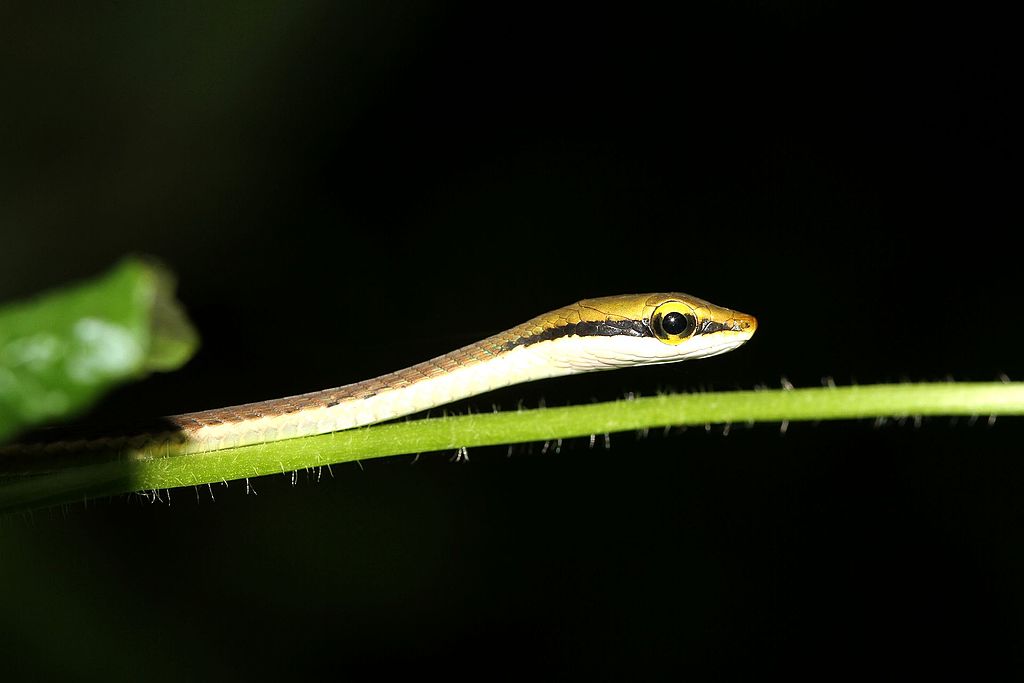
The evolution of this sophisticated mimicry system provides a fascinating case study in natural selection and adaptation. Phylogenetic analyses suggest that the ventral coloration pattern predates the behavioral component of the mimicry, indicating a stepwise evolutionary process. Initially, snakes with coincidentally centipede-like ventral patterns may have experienced higher survival rates when their bellies were exposed during encounters with predators. This morphological similarity would have been gradually refined through selective pressure over generations. The behavioral component – the deliberate exposure of the belly and centipede-like movement – appears to have evolved later, as evidenced by related species that share similar ventral patterns but display less developed behavioral mimicry. Genetic studies indicate that the genes controlling the ventral patterning have been under strong positive selection in recent evolutionary history, suggesting the mimicry continues to confer significant survival benefits in contemporary ecological contexts.
Geographic Variation in the Mimicry System
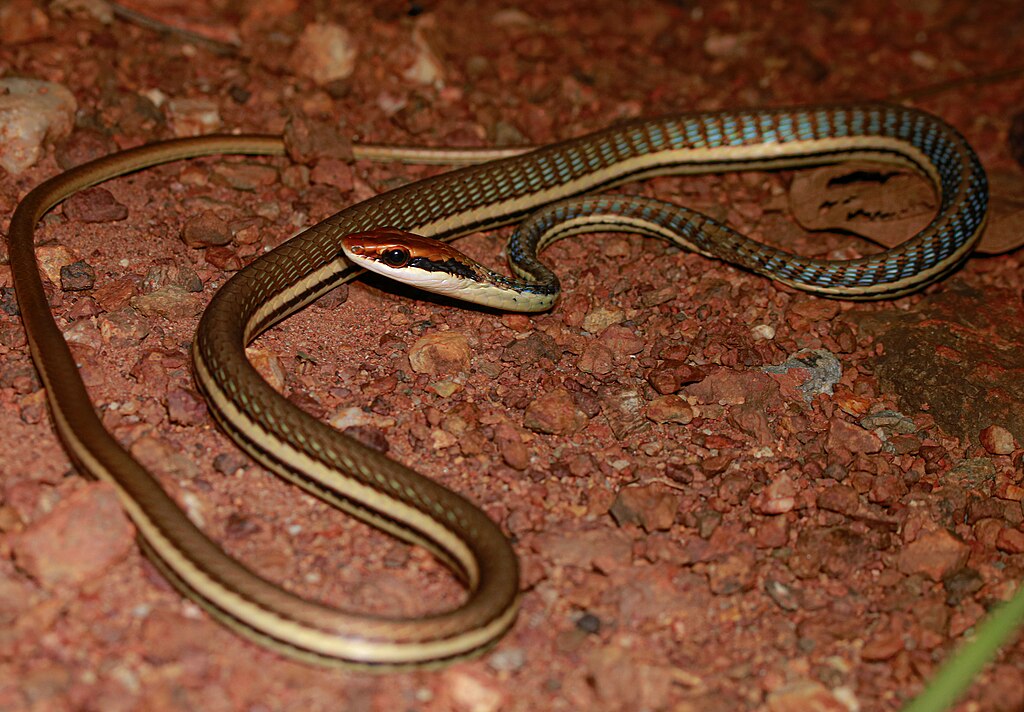
Fascinatingly, the exact nature of the Bronzeback’s mimicry varies across its geographic range, corresponding to the local centipede species most common in each region. In peninsular Malaysia, the ventral patterns more closely resemble Scolopendra dehaani, with broader black bands, while specimens from Borneo show patterns more similar to Scolopendra subspinipes, which has narrower banding. This geographic variation provides compelling evidence for local adaptation and ongoing evolutionary refinement of the mimicry system. Researchers have documented cases where island populations have developed distinctive variations in their mimicry patterns that correspond to isolated centipede populations, demonstrating the dynamic nature of this evolutionary adaptation. These geographic differences also provide natural experiments that allow scientists to test hypotheses about the speed and specificity of coevolutionary processes in mimicry systems across different ecological contexts.
Other Snakes with Similar Adaptations
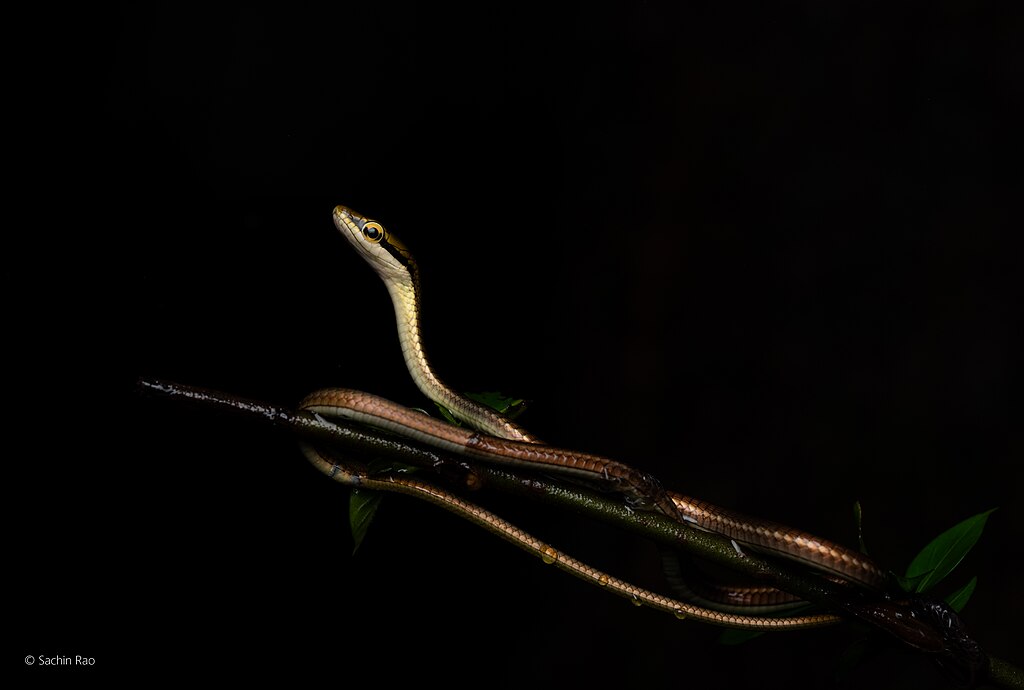
While the Elegant Bronzeback represents perhaps the most studied example of centipede mimicry in snakes, it is not entirely unique. Several other Asian colubrid species show similar adaptations, suggesting either convergent evolution or shared ancestry of this remarkable defense strategy. The Painted Bronzeback (Dendrelaphis pictus) and the Blue Bronzeback (Dendrelaphis cyanochloris) both display comparable, though less specialized, forms of centipede mimicry. Outside the Dendrelaphis genus, some members of the Ahaetulla genus (vine snakes) show evidence of centipede mimicry, particularly in their ventral patterning. Comparative studies of these related species are providing valuable insights into the evolutionary pathways and ecological conditions that favor the development of such sophisticated mimicry systems. DNA analysis suggests that the genetic basis for this mimicry may have evolved once in an ancestral species and was subsequently refined in different lineages based on local selective pressures.
Conservation Implications
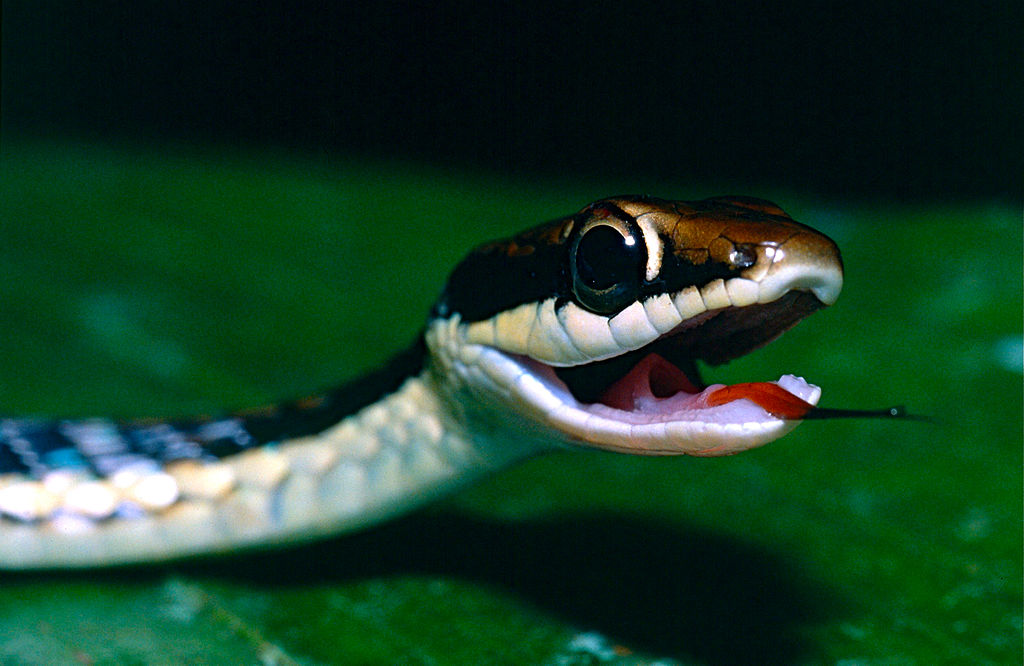
The Elegant Bronzeback and its remarkable mimicry adaptation face growing threats from habitat loss across Southeast Asia. Deforestation for agriculture, palm oil plantations, and urban development is rapidly reducing the tropical forest habitat these specialized snakes require. The fragmentation of forest habitats may disrupt the ecological interactions that maintain the effectiveness of the mimicry by altering predator communities or affecting the distribution of the model centipede species. Conservation biologists are increasingly highlighting the importance of preserving not just individual species but entire ecological interaction networks, including mimicry systems that represent millions of years of evolutionary adaptation. Some conservation programs now specifically monitor populations of both the Bronzeback and its centipede models as indicators of ecosystem health and integrity in Southeast Asian forests.
Challenges in Studying Mimicry in the Wild
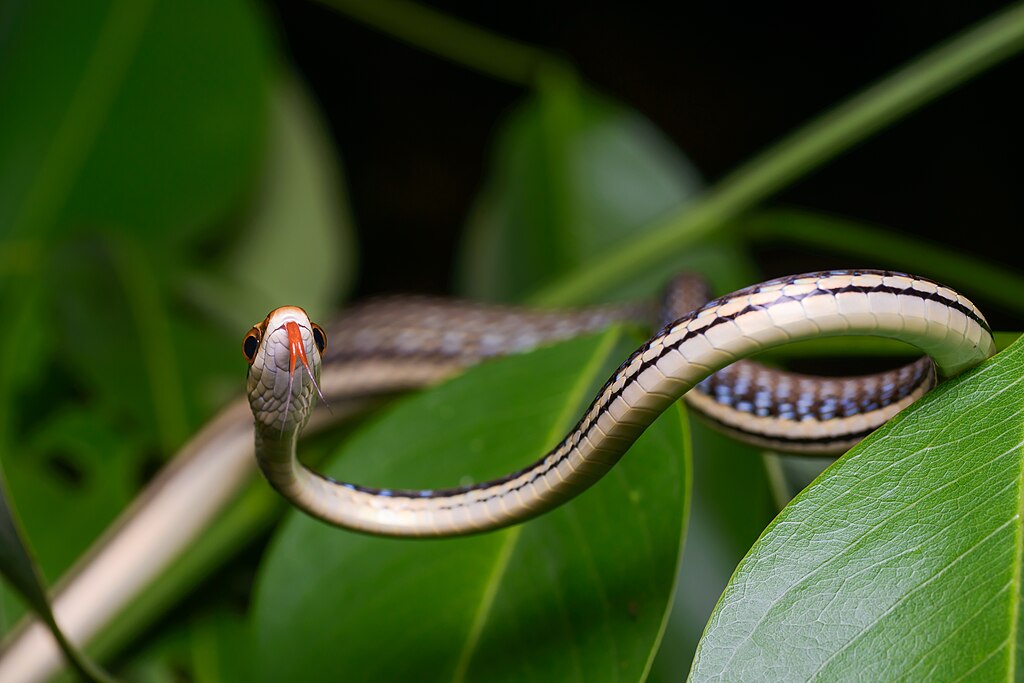
Researching the Bronzeback’s centipede mimicry presents significant challenges that have contributed to this phenomenon remaining relatively understudied until recent decades. The behavior occurs as a rapid response to threat, making it difficult to observe in natural settings without disturbing the animals. The dense forest habitats where these snakes live present logistical challenges for field observation and experimental studies. Additionally, the mimicry is most effective in the low-light conditions of the forest floor, precisely when human observation becomes most difficult. Modern research techniques including motion-triggered cameras, infrared videography, and minimally invasive tracking methods are helping overcome these obstacles. Citizen science initiatives involving local communities and field guides in Southeast Asia have also contributed valuable observational data that would be difficult for academic researchers to gather independently, highlighting the importance of collaborative approaches in understanding cryptic ecological phenomena.
Future Research Directions

Scientists continue to explore numerous unanswered questions about this remarkable mimicry system. Current research focuses on understanding whether the mimicry is innate or has learned components, with behavioral studies of captive-bred snakes raised without exposure to predators or centipedes. Genetic studies are attempting to identify the specific genes responsible for the ventral patterning and how they are regulated during development. Neurobiological research is examining the sensory triggers that initiate the mimicry behavior and the neural pathways involved in coordinating this complex defensive response. The potential role of climate change in affecting this mimicry system is also being explored, as shifting temperatures may alter the activity patterns of both the snake and its centipede models, potentially disrupting the synchronization that makes the mimicry effective. These ongoing studies promise to reveal new insights into one of nature’s most sophisticated examples of evolutionary adaptation.
Conclusion: Nature’s Evolutionary Marvel
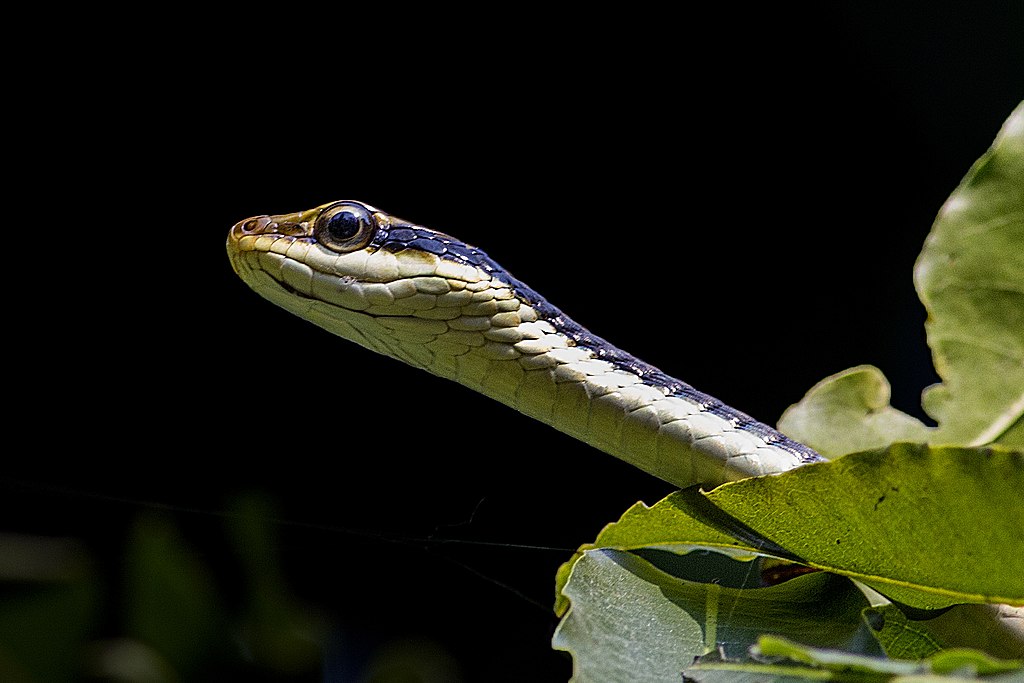
The centipede-mimicking behavior of the Elegant Bronzeback stands as a testament to the incredible power of natural selection to shape specialized adaptations. This sophisticated defense strategy, involving both morphological and behavioral components fine-tuned over evolutionary time, demonstrates how the pressure to survive can lead to remarkable innovations in the natural world. As we continue to study this phenomenon, it reminds us how much remains to be discovered about the complex interactions between species in tropical ecosystems. The Bronzeback’s mimicry not only fascinates scientists but also captures the imagination of anyone who appreciates the ingenuity of nature’s solutions to the universal challenge of survival. In the ongoing evolutionary arms race between predator and prey, the Elegant Bronzeback has developed one of the animal kingdom’s most creative defensive strategies, turning the tables on would-be predators through the power of deception.

